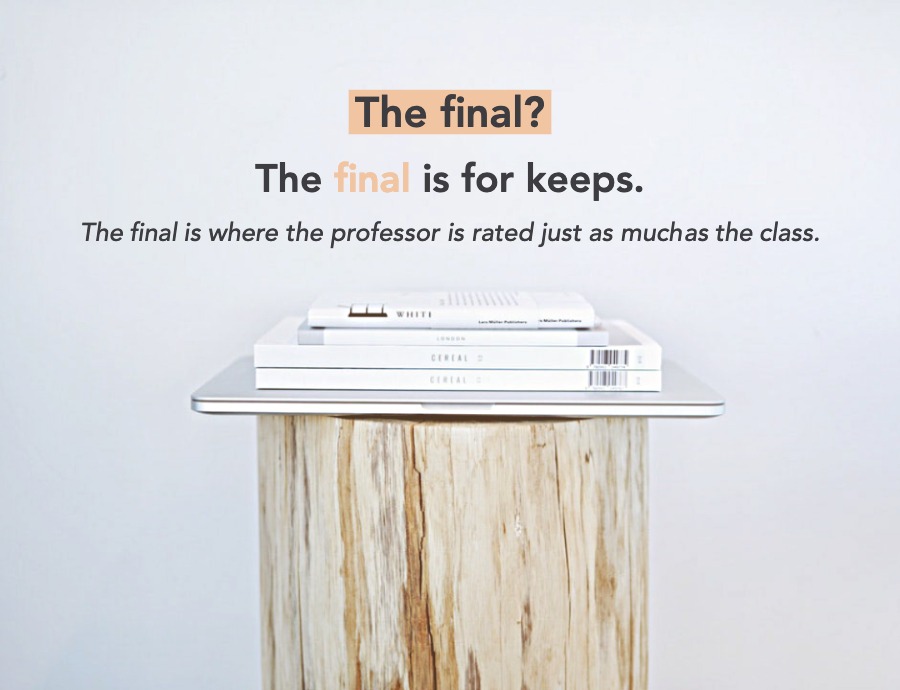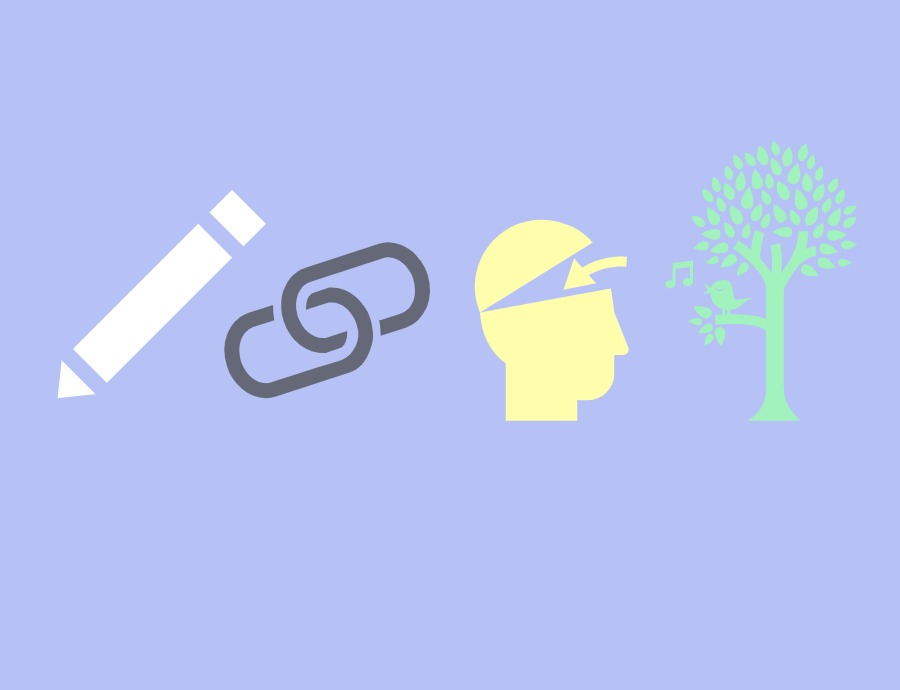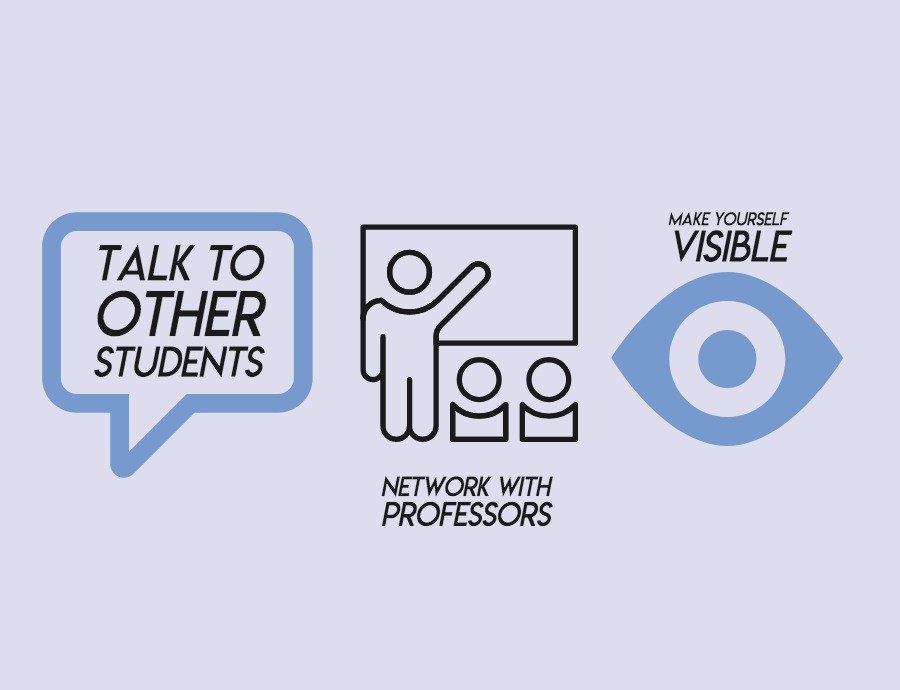The smartest people can make the simplest mistakes. And mistakes are much more damaging than being tricked. A trick means you were outwitted by an intelligent opponent. A mistake means you did it to yourself, so no-one benefits, and almost every science and engineering student I’ve met makes one of the most basic and damaging mistakes right from the first day of class.
Read this equation: F = ma
WRONG! It’s not “Eff equals emm ayyy”, it’s “Force equals mass times acceleration”, and I’ve seen this happen far too many times. I’ve even seen professors make this mistake, in class, teaching it to their own students. Saying the letters instead of the words is a simple difference, in the same way which side of the road you drive on is a simple difference: one causes significantly fewer disasters than the other.
“Eff equals emm ayyy” doesn’t mean anything. That’s not a concept, that’s an equation of Scrabble points, that’s an error in Words With Friends because you can’t spell with mathematical symbols. So many students spend the year stuffing their head with more letters than a post office and just like that post office none of them mean anything, because they’re closed packets of information with all the meaning hidden inside.
Reading out the letters doubles the length of every question. You see a question talking about magnetic fields and charged particles, you remember “F = qv x B ”, and then you need another step of working out which is q, what’s v again, where was that B? Calling out “F = qv x B ” isn’t a useful answer, that string of symbols might as well be the self-destruct code of the Starship Enterprise. At least there, technobabbling a bunch of smart-sounding phrases instead of knowing what you’re talking about, actually works.
The smartest people can fall for the simplest traps.
Anyone who can look at a bunch of symbols and instantly parse their physical meaning is far too busy travelling through time to hunt John Connor to take your exam. Especially since their existence proves half the physics questions wrong.
Reading out the real words can also help you avoid simple traps in the questions. In Coulomb’s law for the force between two electric charges “r” is the distance between their centers, not just the distance between them, and you can be sure some first year exams have given the distance between the charge surfaces in one part of the exam, and the charged objects radii somewhere else. Read out the words and that’s not even a problem. Someone just saying “r” is going to go looking for a distance to plug in, and there are plenty of wrong distances available.
Read out the equations as words and concepts. Because those are what you’re working to learn. And those are what you’ll see on the exam! If you read a paragraph of text talking about forces, masses, and accelerations, and you already think in terms of forces, masses, and accelerations, instead of F, m, and a, you automatically know what to do. You don’t even need to remember things. The human mind works far better with words than symbols. So say them. We only invented symbols to make them faster to write. But what you need is something that makes things faster to think. And humanity invented words for that far earlier.








